The simple act of drawing does indeed play an important role in a child's physical, emotional, and cognitive development. Like no other activity, drawing allows young children to express emotions, experience autonomy, and build confidence.
Children can engage in social interaction as they draw with or show their creations to others. As young children sit together, each drawing, they talk, share stories, and trade materials. This is a basis for prosocial interaction that is practiced in an authentic situation.
Not only do children make decisions about line, color, and placement, they also exercise their sense of autonomy by using and gaining control over tools of the culture-crayons, markers, pencils, paper-to engage in an activity valued by the culture.
Between the ages of two and three children begin to form shapes. The scribble forms a cross, an X, and enclosures resembling primitive circles, squares, triangles, and oblongs. Soon after, two of those shapes are used in combination.
The children in this class are all at the point where they are "extending the scribble". We are at an important point where the children are connecting the linear scribble into an enclosed shape.
Take a look at some their masterpieces....
"I made my name and a circle with sides. This is the lines and dots together with my grandpa,uncle,cousin,mom,dad and brother."-Ereeni
(If you look closely you will see all she describes, plus she is writing the letters in her name)
Amanda made a seed from the garden out of foil and a tile sample. Than she drew a picture of a mommy seed. She was very proud of what she made!
"My daddy."-Ella
"I made a picture of mommy."-Raina
"Daddy is eating."-Jonathan










































































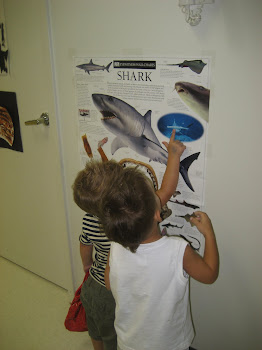

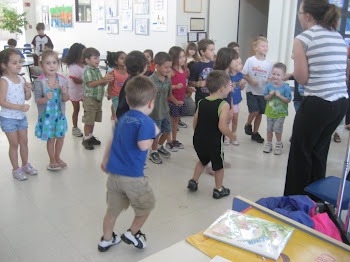











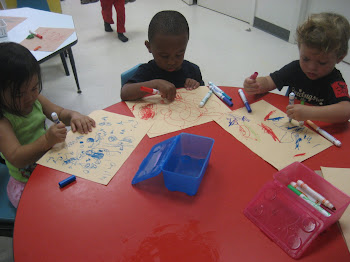



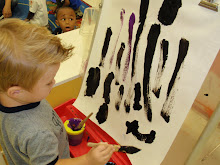





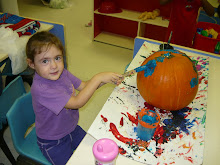


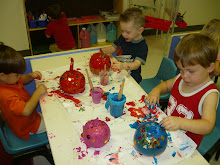













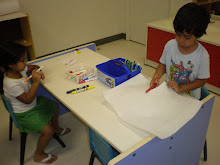






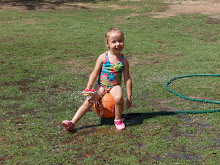

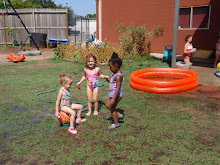

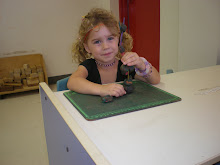
No comments:
Post a Comment